Different Types Of Birds Your Preschooler Should Know And Love

Birds are a wonderful gift of nature. They make our mornings sweet and calm with their pleasant chirping. Different types of birds for preschoolers aren’t just feathered friends; they’re full of personality! Every bird, from the bubbly parrot to the quiet owl, contributes feathers and laughter. Learning about birds will create a bond between the child and nature. Your child will learn, laugh, and possibly even attempt flying, under careful supervision, of course!
Why Teach Birds to Preschoolers?
For your child to form a connection with nature, teaching them about birds is helpful. It develops observation skills as the child learns to identify different species. The vocabulary and communication skills also improve as they learn to describe birds and their songs. They also become empathetic and responsible towards other living creatures.
Along with knowing about birds, building good habits for kids early also shapes their personality.
30 Different Types of Birds for Preschoolers
Here are thirty different types of birds to teach to preschoolers. Let’s have a look at them!
Common Birds for Preschoolers to Recognise
1. Sparrow
Sparrows are tiny, brown-grey birds that are frequently spotted hopping in urban areas and gardens. They live in groups, chirp happily, and construct nests in trees or building nooks.
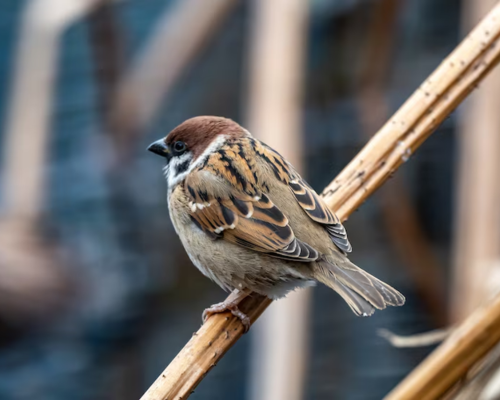
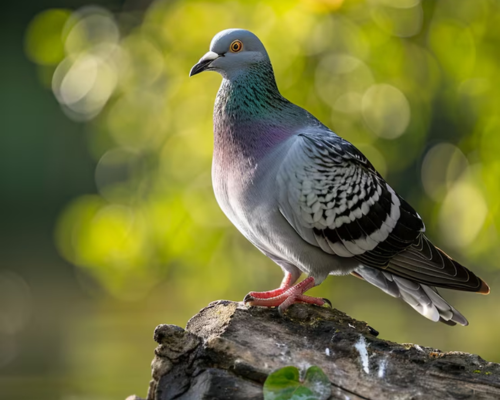
2. Pigeon
Medium-sized pigeons are frequently seen in urban areas. They are excellent messengers because they can find their way home from a great distance, have grey feathers, and bob their heads while walking.
3. Crow
Known for their intelligence, crows are large, black birds. They can be found in both cities and forests, and they frequently make loud caw sounds.
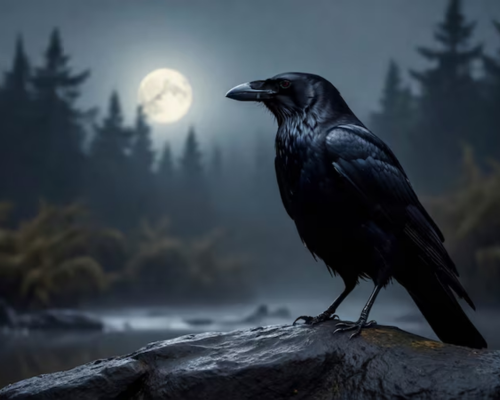
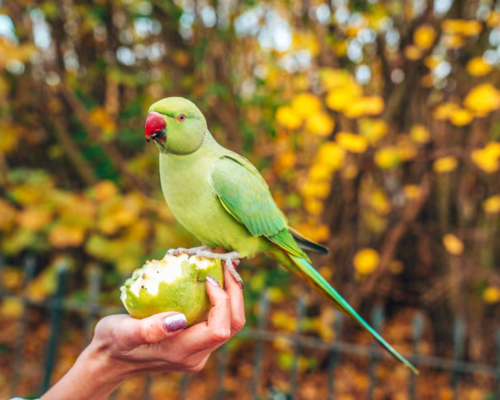
4. Parrot
Vibrant birds with curved, powerful beaks are none other than the parrots. They adore fruits and seeds and are known to mimic human speech. They are frequently kept as pets that talk and are found in warm climates.
5. Peacock
Large, stunning birds with vivid blue-green feathers are peacocks. A peacock represents beauty and is the national bird of India.
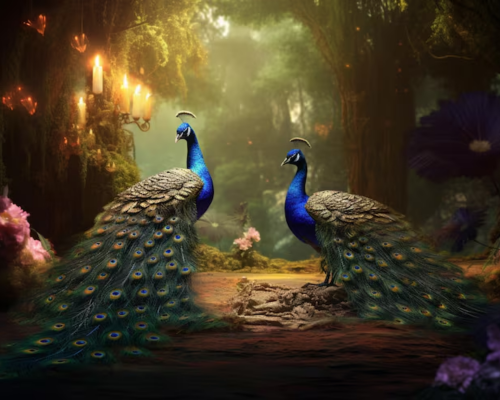
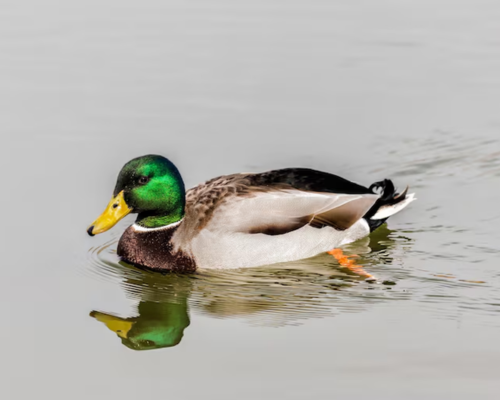
6. Duck
Ducks are aquatic birds with webbed feet and flat beaks. They usually live in ponds, love swimming, and quack. They consume plants, insects, and small fish, and like to float peacefully.
7. Hen
Farm birds that lay eggs are called hens. They search for insects and grains. Hens can have black, brown, or white feathers and live in coops.
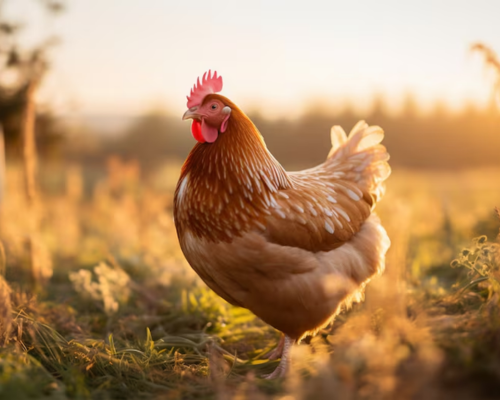
“Early exposure to birds and nature plays a role in choosing the right preschool for your child.”
Beautiful and Unique Birds That Spark Curiosity

8. Kingfisher
Kingfishers are colourful birds with amazing fishing abilities and sharp beaks. They frequently build their nests along riverbanks or close to still streams, and they dive quickly into the water to capture fish.
9. Woodpecker
To locate insects or build nests, woodpeckers are known to peck at tree trunks. They have powerful beaks and a tapping sound that echoes throughout forests.
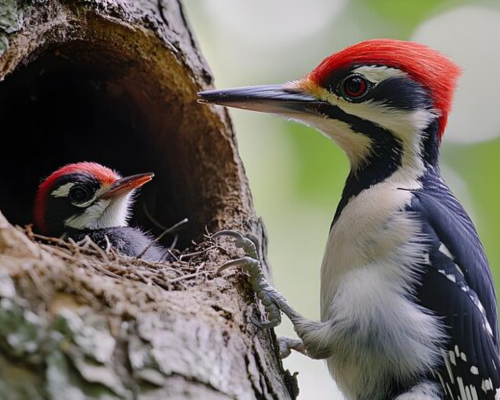

10. Flamingo
Flamingos are tall, pink birds with long necks and legs. They consume tiny prawns and stand on one leg. They are incredibly eye-catching due to their vibrant color and sizable groups.
11. Owl
Owls are night-loving birds that hoot and have large eyes. They also fly silently. They can hunt small animals at night, see in the dark, and turn their heads around a lot.
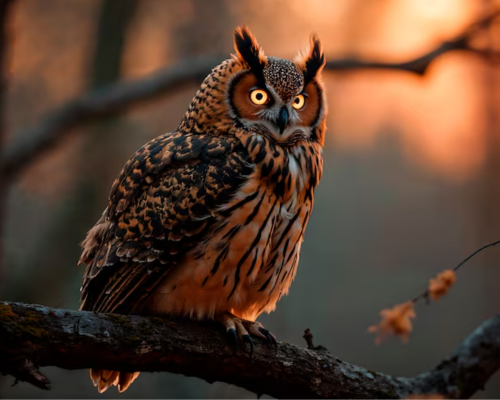
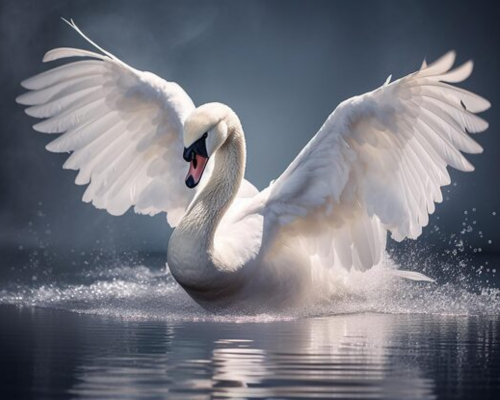
12. Swan
Swans are graceful white birds that glide smoothly on the water with their long necks. They represent beauty and love, and they are known for being loyal. They are symbols of beauty and love and are known for their loyalty and they frequently form lifelong pairs.
13. Penguin
Penguins can’t fly, but they swim very well and waddle adorably. They huddle in groups to keep warm and protect their young, and they are found in cold climates. They wear feathers that resemble tuxedos.
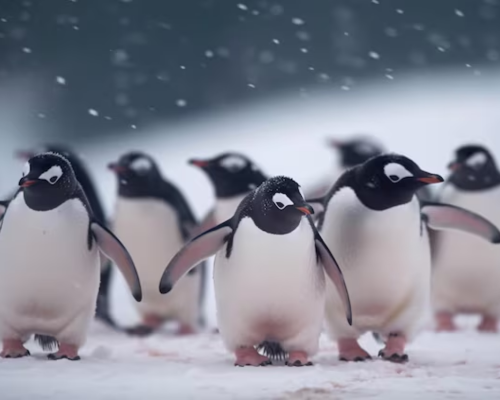

14. Rooster
Male chickens with bright feathers and loud crows are called roosters. They wake up on farms every morning with their distinctive “cock-a-doodle-doo,” guard hens, and strut with pride.
15. Koel
During the summer, koels, which are black birds with red eyes, make sweet, compelling calls. In the nests of other birds, females deposit their eggs. They tend to hide in leafy trees because they are shy.
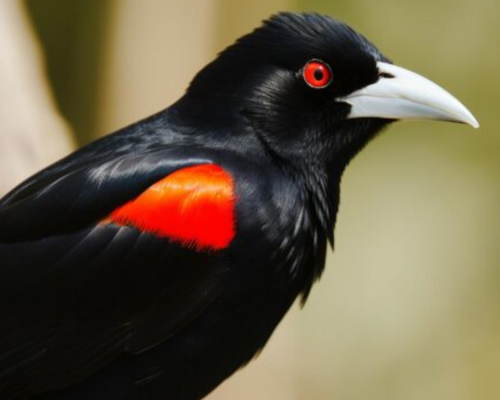
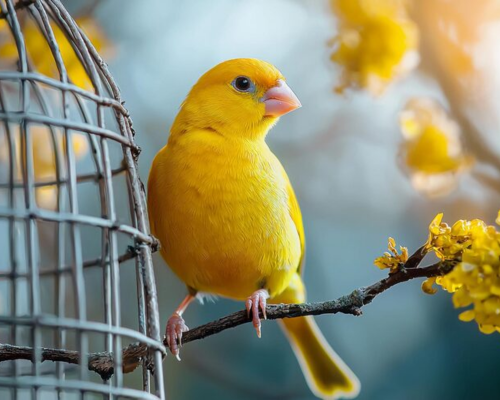
16. Canary
These are small and yellow birds, famous for their sweet, cheerful tunes. They are often kept as pets, singing and brightening homes with their colour and lovely melodies.
17. Lovebirds
Tiny parrots called “lovebirds” are famous for their love for their partners. They are symbols of love and companionship because of their vibrant feathers, ability to form strong pairs, and love of cuddling close to one another.
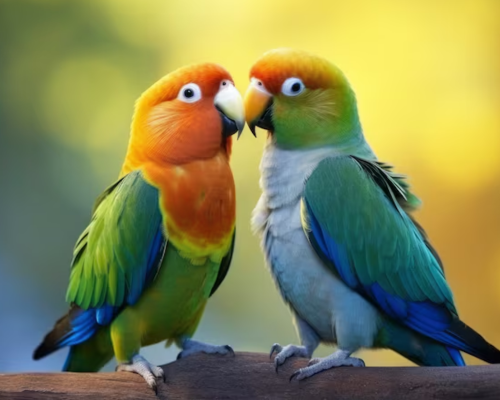
More Fun Birds for Preschool Learning
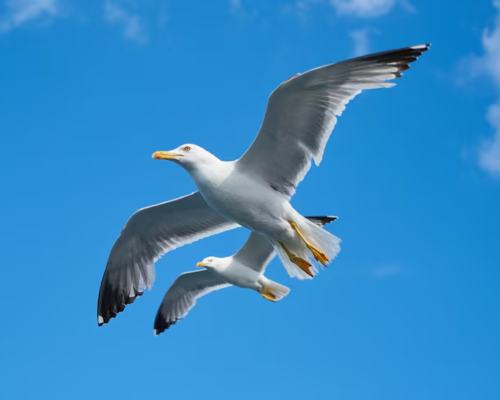
18. Seagull
Grey and white, seagulls are frequently spotted close to the ocean. They fly in flocks, squawk loudly, and enjoy eating fish, chips, and any other food that people leave on the beach.
19. Hummingbird
Tiny birds with glossy feathers are hummingbirds. They can hover like helicopters and flap their wings very quickly. With their long, straw-like beaks, they sip sweet nectar from flowers.
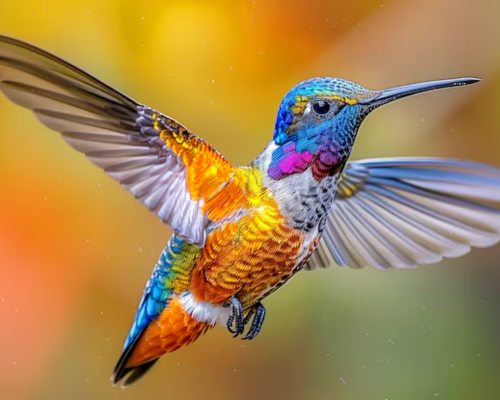

20. Turkey
Turkeys are large birds with tails that resemble fans. The males puff up to flaunt themselves and gobble loudly. They are frequently spotted on farms or at special holiday meals.
21. Vulture
Vultures are big birds with keen eyes and bald heads. By consuming dead animals, they purify the environment. Despite their lack of beauty, they play a significant role in maintaining a clean environment.

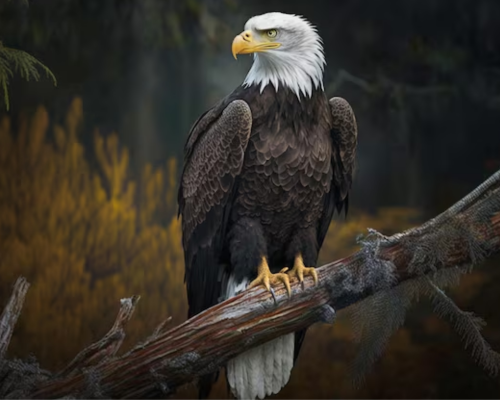
22. Eagle
Eagles are big, solid birds with powerful beaks and keen eyes. They construct large nests and soar through the air. Educating people about eagles piques their interest and makes learning about birds more exciting.
23. Kite
Kites are elegant birds with forked tails and long wings. They hunt small animals while gliding through the air. On warm, sunny days, you may see them circling in peace.
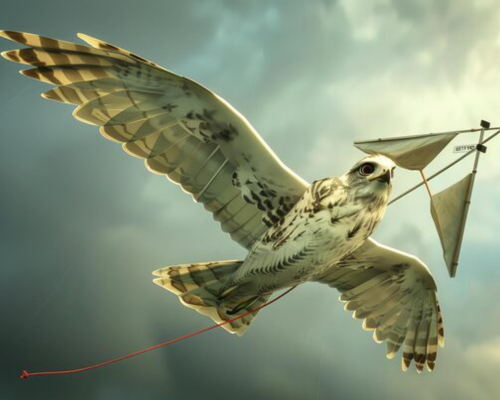
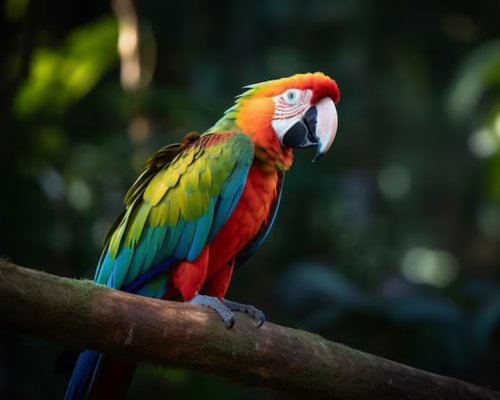
24. Macaw
Large, vibrant parrots with powerful beaks and loud voices are macaws. They enjoy playing, conversing, and living in rainforests. They resemble flying rainbows due to their vibrant feathers.
25. Emu
Australian emus are large, flightless birds. They can run quickly, have long legs, and produce deep drumming sounds. As compared to ostriches, they are a bit smaller and hairier.
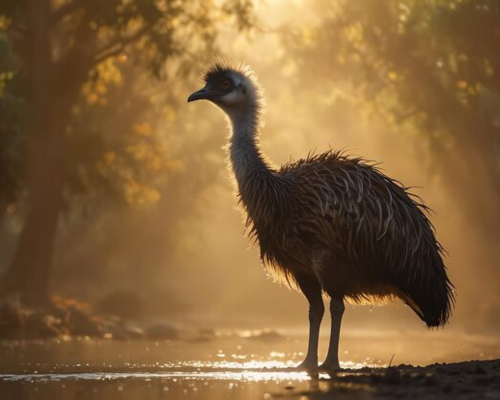
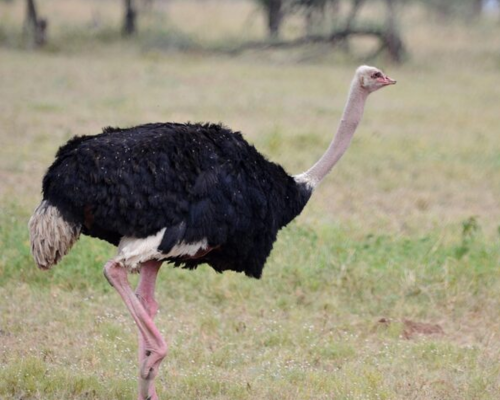
26. Ostrich
In this world, ostriches are the largest birds. Although they can’t fly, they can run very quickly. They lay the largest eggs on earth, have big eyes, and have long necks.
27. Hornbill
These birds have large, curved beaks. They have a bump on top that looks like a helmet and they appear cool and funny! They inhabit forests and occasionally hide in tree holes to raise their young.
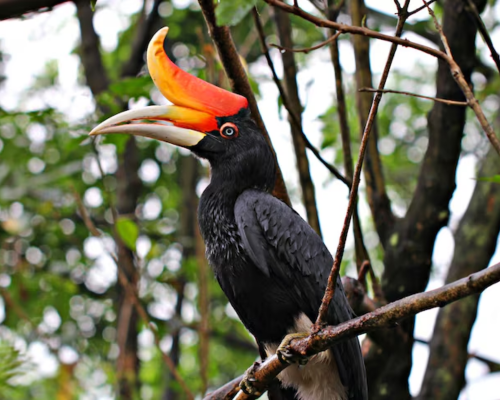
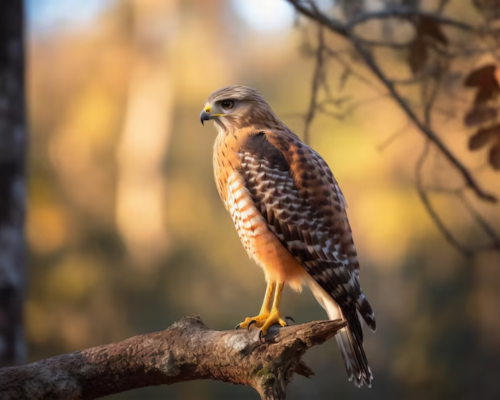
28. Sparrowhawk
Small and quick, sparrowhawks have sharp eyesight and strong claws. They blend in well with their environment and fly swiftly through trees to capture other birds.
29. Crane
Cranes are elegant birds that stand tall. They have long legs and necks. During migration, they fly in a V-shape. They also dance and make loud calls. Many people think they bring luck and peace.
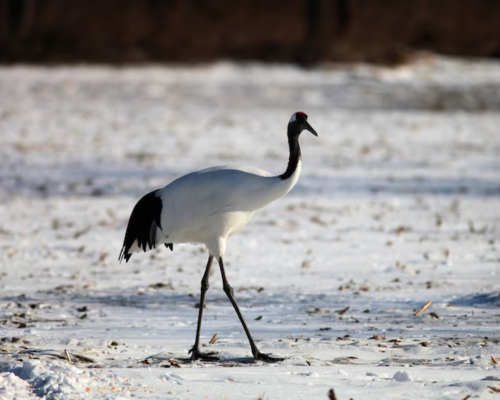
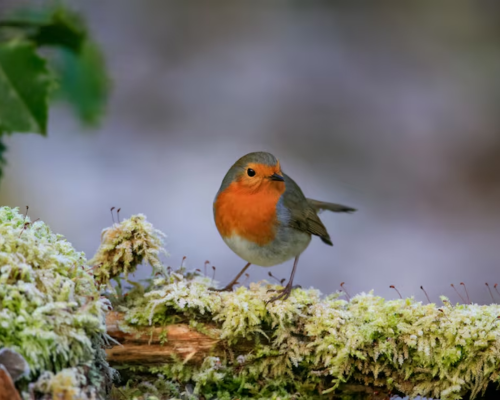
30. Robin
Robins are little birds that sing happily and have red chests. They enjoy worms and jump around in gardens. They are frequently seen in the winter and are thought to bring joy.
Creative Ways to Teach Bird Names for Kids
Here are some creative ways to teach bird names for kids that encourage them to engage with and feel a connection to nature.
1. Use flashcards with pictures and names
To make learning enjoyable for children, use vibrant flashcards featuring images of birds along with their names. Ask the children to repeat the name as you reveal each card one at a time. It improves memory, pronunciation, and recognition.
2. Create a “Bird of the Day” chart in class
Make a “Bird of the Day” chart to highlight a single bird each day, along with its name, image, and interesting facts. Children can colour a matching picture, imitate the name’s sound or action, and say the name out loud. This engaging activity helps kids learn bird names while having fun and expanding their vocabulary.
3. Watch short bird videos or cartoons together
Children can be taught in an entertaining and engaging way by watching cartoons or short bird videos. The sounds, motions, and colourful pictures boost their memory. Learning becomes more engaging for young children when they witness animated birds singing, chatting, or flying.
4. Visit a local park or bird sanctuary
Visiting a local park or a bird sanctuary is a hands-on way for the child to learn bird names. The child can observe real birds, hear their sounds, and can also connect names with appearances. Bird-watching games, guided walks, and picture-matching activities make the learning exciting and encourage curiosity, observation and love for nature in children.
5. Do a bird-themed art and craft session
Encourage children to use paper and feathers to create colorful birds. Teach the name, color, and sound of the bird when they create a duck, parrot, or owl. This practical exercise improves memory, creativity, and vocabulary while making learning enjoyable and interesting. You can also explore different types of birds with pictures and names to help children recognise and remember them more easily.
Once kids know about birds and animals, it becomes easier to prepare your child for preschool.
Frequently Asked Questions (FAQs)
A1. The sparrow, pigeon, crow, duck, hen, parrot, and peacock are the greatest birds for children to learn first. Seeing and recognising these birds is easy, and finding out more about them is fun.
A2. Five to ten common bird names, such as sparrow, parrot, duck, and owl, can be taught to a preschooler. Make it easy, enjoyable, and centred around birds that they may readily observe in their environment.
A3. Yes, vocabulary can be enhanced by memorising bird names. It teaches kids how to use language in context, describe colours, sounds, and movements, and pick up new vocabulary. Additionally, it naturally improves communication and memory.
A4. Picture books, bird songs, bird gazing from the window, easy crafts, and matching games with bird cards are all ways to teach bird names at home. Keep it playful!
A5. Yes, it’s an amazing way to teach about birds! It improves children’s memory of bird names and makes learning more fun. Additionally, mimicking sounds naturally enhances speaking, listening, and focus.
Conclusion – Birds Bring Learning to Life
By arousing children’s curiosity and joy, birds make learning more engaging. Exploring different types of birds for preschoolers through images, sounds, and entertaining activities, children can learn about various bird species while developing their vocabulary, listening, and observational skills. Every bird, whether it’s chirping sparrows or vibrant parrots, offers something new. Visit our blog to discover how to teach children to love and connect with nature:



